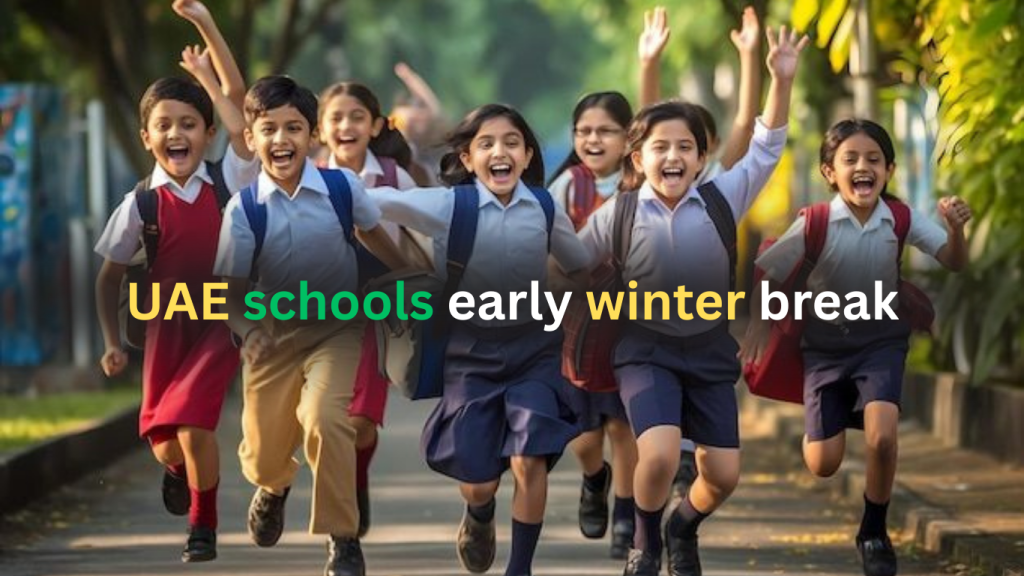Bridging language barriers through community conversations

Table of Contents
ToggleBridging Language Barriers Through Community Conversations
In today’s interconnected world, communities are more diverse than ever before. People migrate for work, education, or safety, bringing with them unique languages and traditions. While diversity enriches societies, it also presents challenges. One of the most pressing challenges is language barriers. When people cannot fully understand each other, opportunities for collaboration, empathy, and growth are missed. Community conversations have proven to be a simple yet powerful way to bridge these barriers, creating stronger bonds and more inclusive neighborhoods.
Problem of Language Barriers
Language is more than just a communication tool; it is a bridge to trust, cooperation, and belonging. When individuals struggle to communicate, misunderstandings arise, and important opportunities can be lost. In healthcare, language barriers can prevent patients from explaining symptoms or understanding treatment options. In education, children from multilingual households may feel excluded if teachers and classmates cannot engage with them effectively. Even in simple community events, language gaps can lead to feelings of isolation.
These challenges affect both newcomers and long-time residents. For newcomers, the inability to speak the dominant language can mean exclusion from resources and services. For established residents, the lack of understanding may create frustration or distance from neighbors. These divides hinder unity and can lead to fragmented communities. This is why initiatives like support children’s education in Georgia become so vital, as they show how addressing language barriers not only improves individual learning outcomes but also strengthens community ties through shared understanding.
Why Community Conversations Work
Community conversations offer a human-centered approach to bridging language gaps. Unlike formal translation or one-way communication, conversations encourage dialogue. When people gather to share stories, experiences, or ideas, they naturally learn from one another. This process builds empathy and fosters inclusion, ensuring everyone has a voice.
The power of conversation lies in its simplicity. Sitting in a circle, sharing meals, or discussing everyday challenges allows people to connect beyond language. Even when words are limited, gestures, expressions, and patience can convey meaning. Over time, these shared moments help communities overcome linguistic divides. Unlike impersonal technology, conversations remind people of their shared humanity.
Methods of Bridging Gaps
Communities around the world have found creative methods to address language differences. Bilingual volunteers and interpreters are often the first step. By offering interpretation during public meetings, schools, or medical appointments, they ensure that no one is left out of important discussions.
Storytelling events are another effective tool. By inviting people to share personal stories in their native languages, with translation support, communities celebrate cultural richness while encouraging mutual respect. Storytelling not only entertains but also educates, helping others understand experiences beyond their own.
Simplifying language during official communication can also make a difference. Instead of using technical terms or jargon, leaders can adopt clear and accessible words. Visual aids like diagrams, charts, or photos provide universal cues that break down complex information.
Technology also plays a growing role. Translation apps, digital learning platforms, and online discussion groups allow people to connect across languages. However, while technology is helpful, it works best when combined with the warmth of human interaction in face-to-face settings.
Benefits for Communities
When language barriers are bridged through conversation, entire communities benefit. Stronger relationships form between neighbors, creating trust and cooperation. Social cohesion improves because people feel included rather than excluded. Instead of living side by side, individuals begin living together as active participants in shared spaces.
Greater participation in community programs is another advantage. Parents who might once have avoided school meetings due to language difficulties become more engaged. Residents who hesitated to attend local events find the confidence to join in. This increased involvement ensures that diverse voices are heard in decision-making processes.
Problem-solving also becomes more effective. Communities with open communication can tackle issues like safety, education, and resource distribution more collaboratively. When people understand each other, they can pool strengths and ideas, leading to creative and inclusive solutions.
On a personal level, individuals gain confidence when they are understood and valued. Children benefit greatly when parents engage in school activities despite language challenges. Seniors find comfort when they can share stories without fear of being ignored. These personal victories contribute to the overall health of the community.
Conclusion
Language barriers can divide even the most diverse and vibrant communities. Yet, through intentional community conversations, these barriers transform into bridges of understanding. By relying on bilingual volunteers, storytelling, accessible language, and technology, communities create inclusive spaces where all members feel seen and heard.
The benefits extend far beyond smoother communication. Stronger relationships, better collaboration, and deeper empathy are natural outcomes of these efforts. As communities continue to grow more diverse, investing in conversations will be essential. After all, communication is not just about words, it is about building trust, sharing experiences, and creating a shared future.
In the end, bridging language barriers is not simply a practical necessity; it is a moral responsibility. Through conversations that unite rather than divide, communities can thrive together, proving that dialogue is one of the most powerful tools for harmony in an ever-changing world.
- Arts & Style (100)
- Automobile (288)
- Business (5,740)
- Business and Entrepreneurship (168)
- Career Development (55)
- Climate & Environment (26)
- Creative (34)
- Culture (1,560)
- Beauty (284)
- Skincare (243)
- Cultural Studies (75)
- Digital Life (73)
- Energy Healing (31)
- Fashion (1,038)
- Clothing (697)
- Fashion Design (233)
- Philosophy (7)
- Morality (6)
- Religion (17)
- Sports (116)
- Beauty (284)
- Digital Marketing (343)
- DIY and Crafts (15)
- Economics (8)
- Education (1,284)
- Entertainment (198)
- Faith & Spiritual (10)
- Fashion and Beauty (155)
- Finance and Money Management (211)
- Fitness and Exercise (32)
- Food and Drink (171)
- Game (142)
- Health and Wellness (1,099)
- Home and Garden (391)
- Law (144)
- Lifestyle (1,383)
- Health (685)
- Home (390)
- Architecture (100)
- Interior Design (216)
- Rental Property (27)
- Pets (76)
- Relationships (70)
- Restaurants (19)
- Literature (7)
- Media (273)
- Packaging (41)
- Politics (1)
- Real Estate (257)
- Science and Nature (14)
- SEO (141)
- Social Media Marketing (51)
- Software Development (227)
- Sports and Fitness (44)
- Technology (853)
- Artificial Intelligence (239)
- Blockchain (61)
- Data Science (114)
- Gadgets (144)
- Security (142)
- Transportation (111)
- Travel & Tourism (761)
- Uncategorized (2,009)
- World (62)
- International (59)
- The Secret of Time Savings of The Dubai Expat to the Laundry Near Me

- Average Cost of a Kitchen Remodel in Graham WA

- How Custom Corrugated Boxes Help Build a Best Brand Presence?

- Mejorando las operaciones con las cuchillas para montacargas de HS Montacargas
- Free Funny Birthday eCards: The Smartest Way to Send Laughter Without Spending a Dime

Your Perfect Holiday Starts with UAE’s Early Winter Break

Latest Chhattisgarh News Covering Politics, Business, Sports

Bridging language barriers through community conversations

The Ultimate Guide to Choosing the Perfect Bed

Bridging language barriers through community conversations
